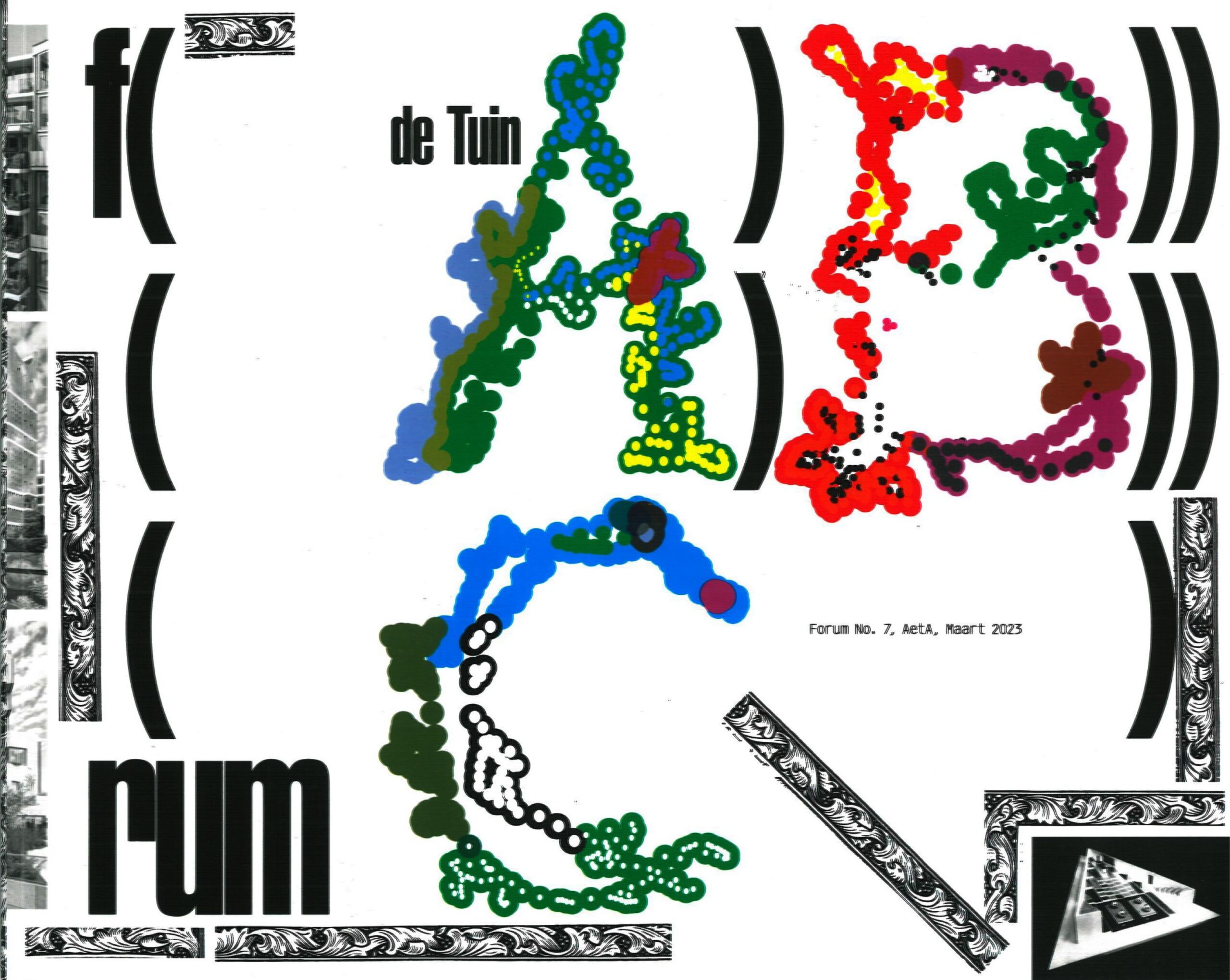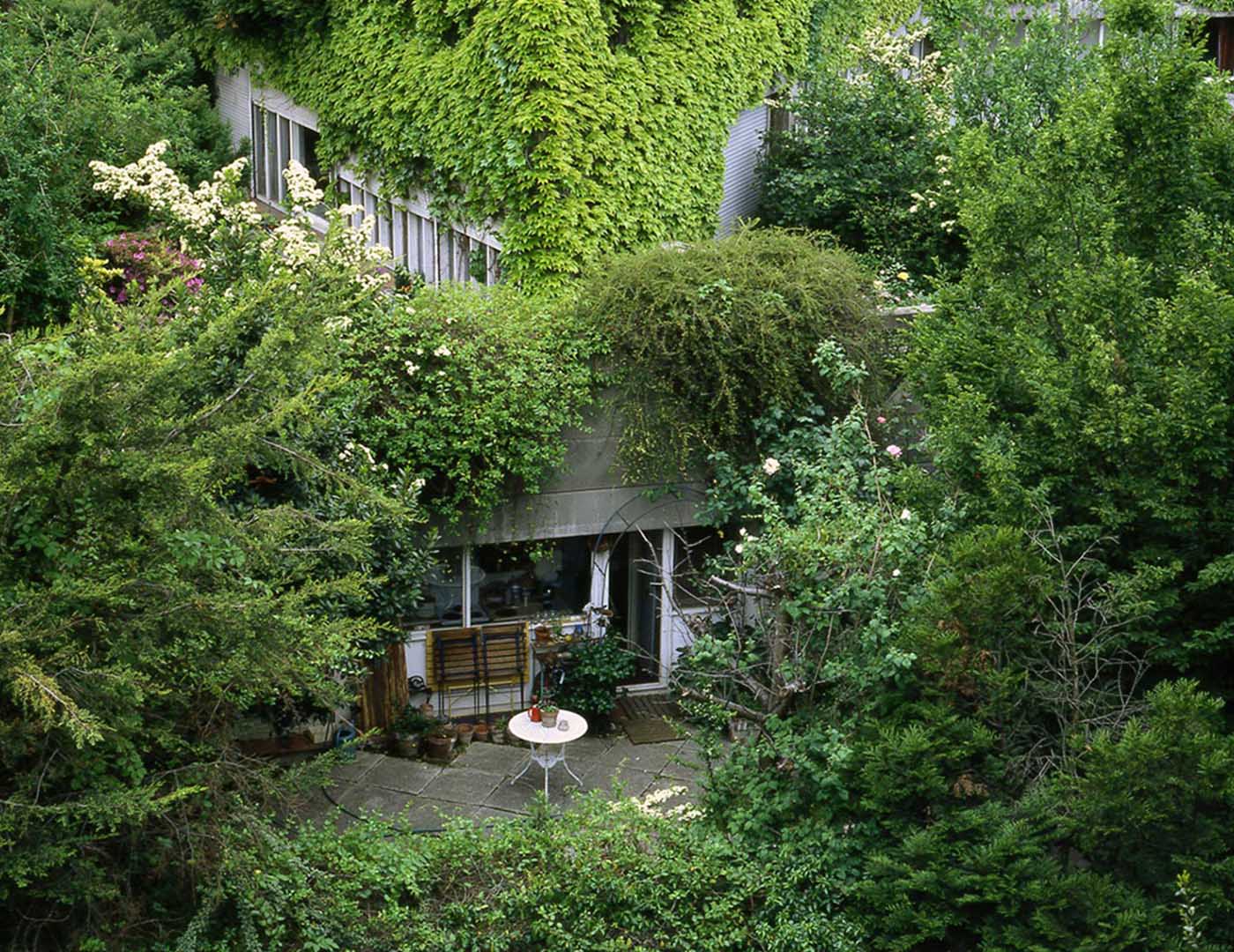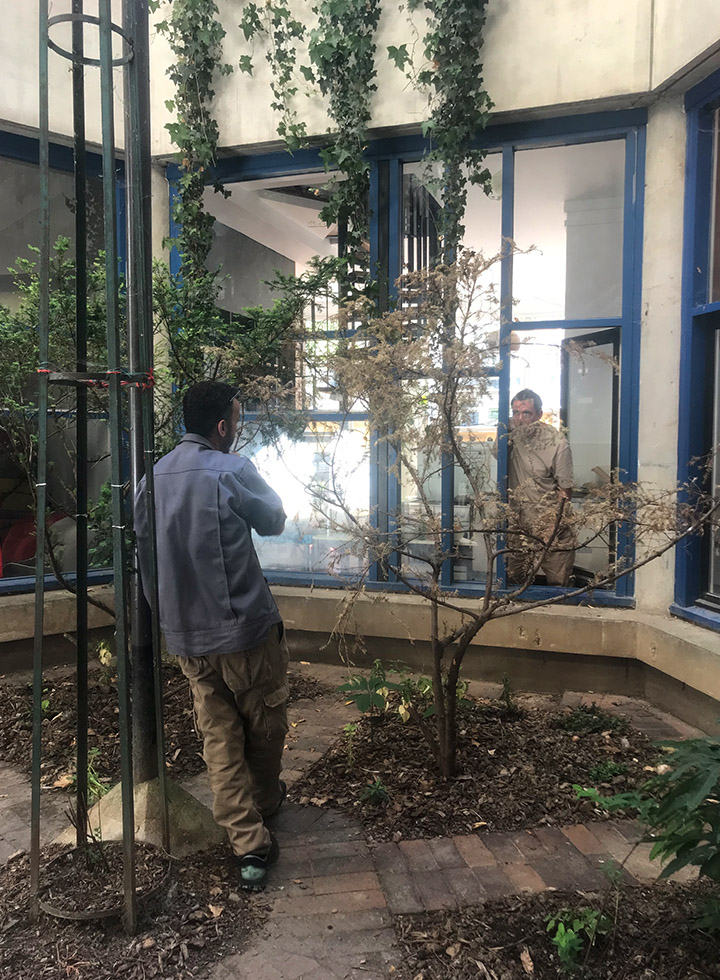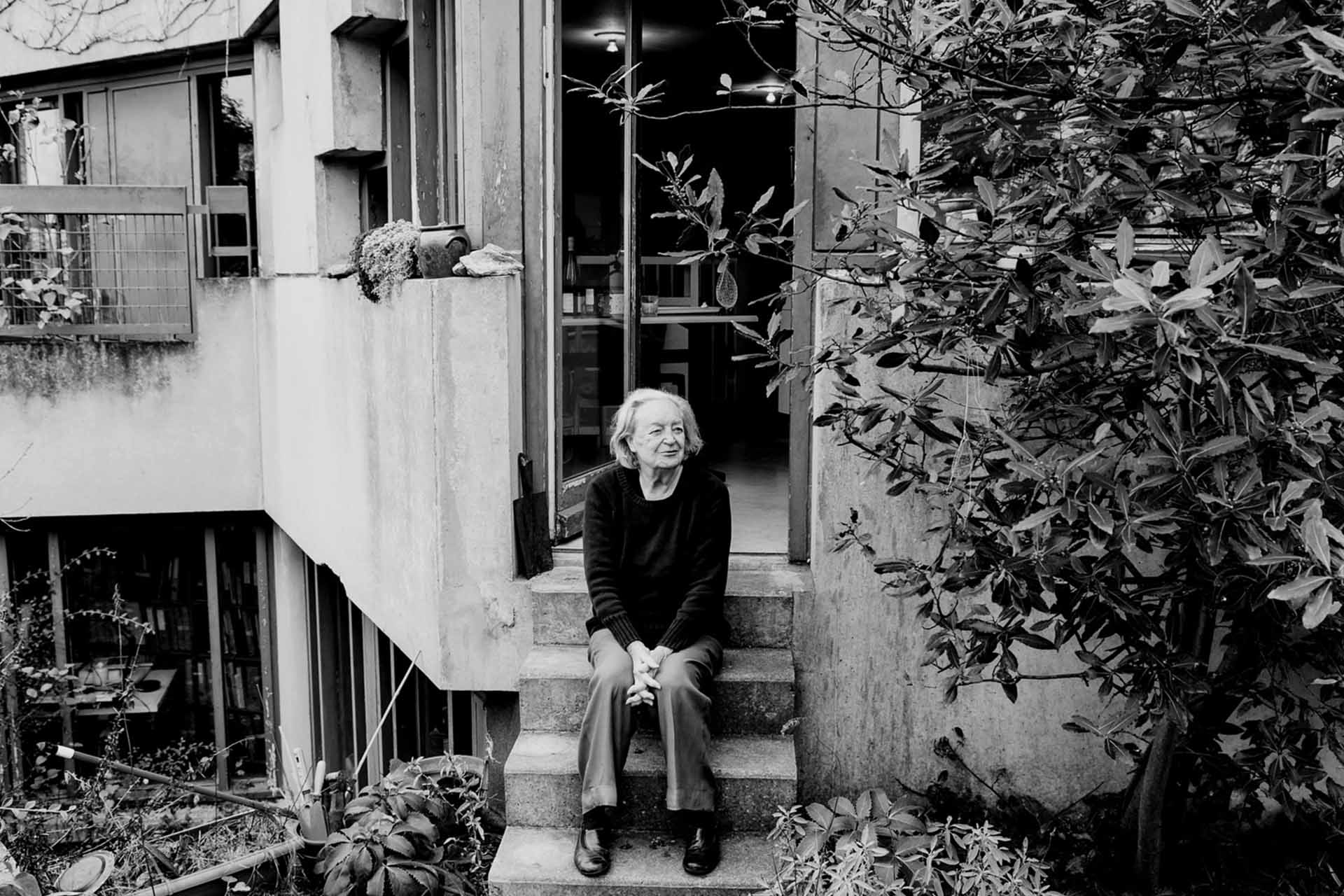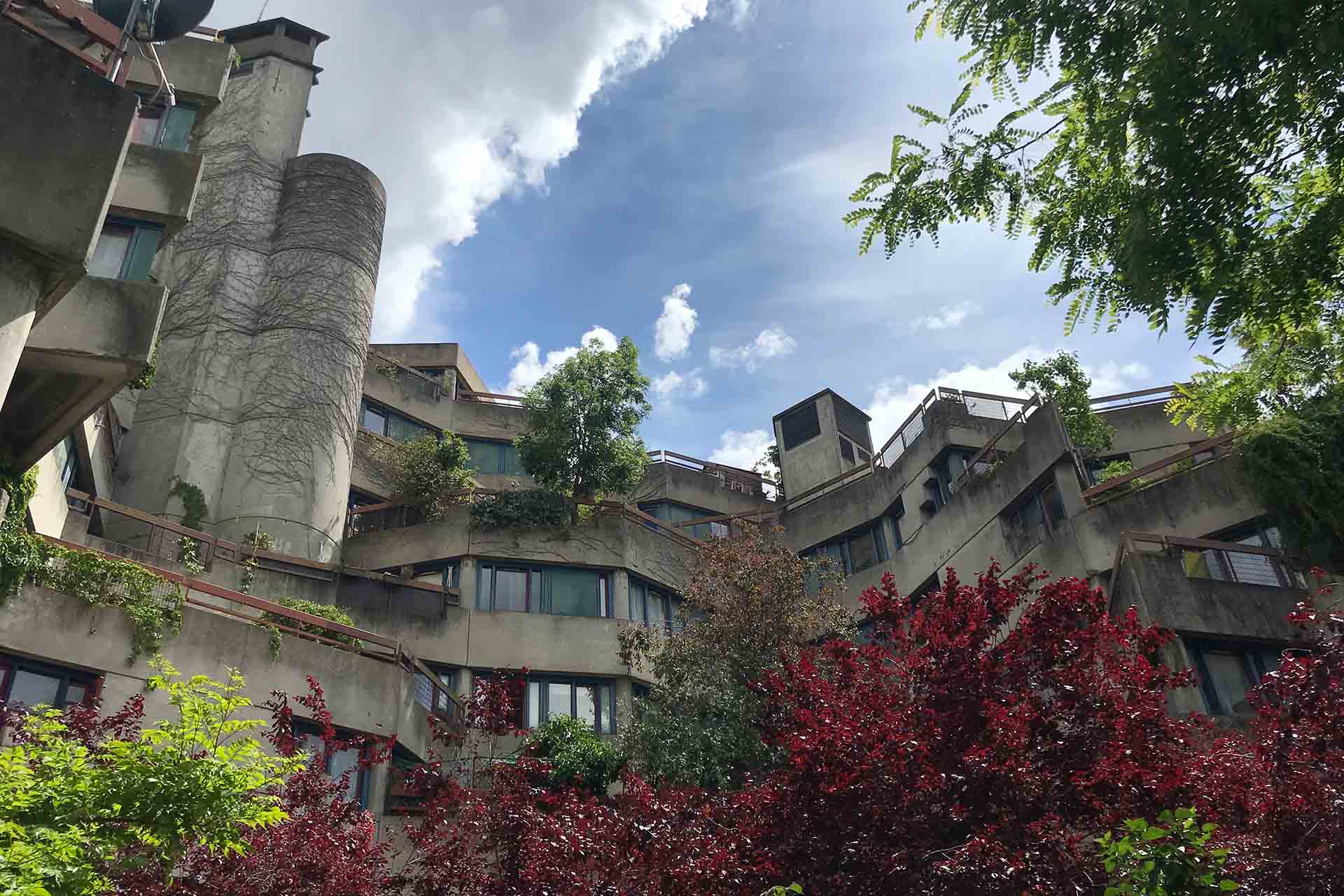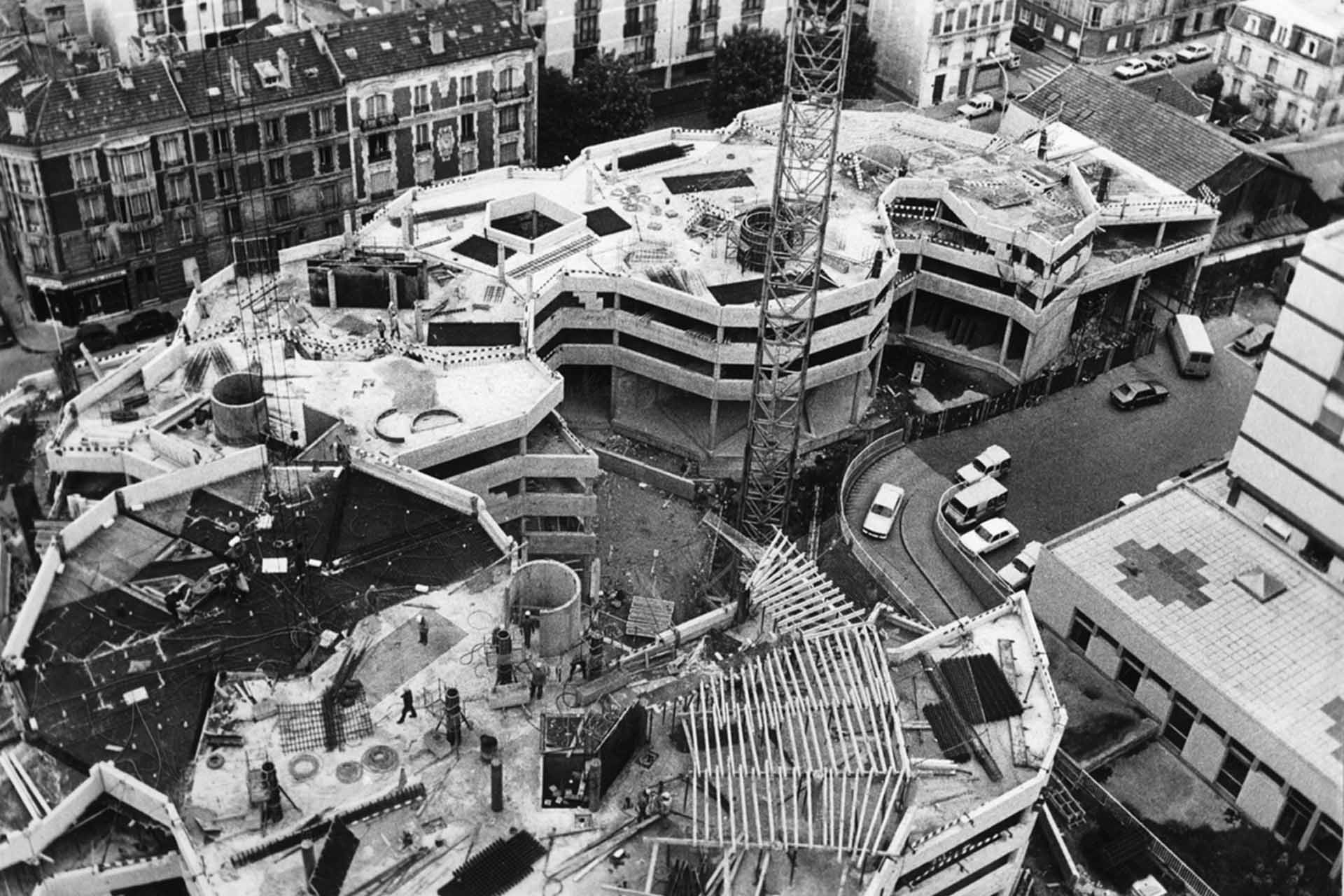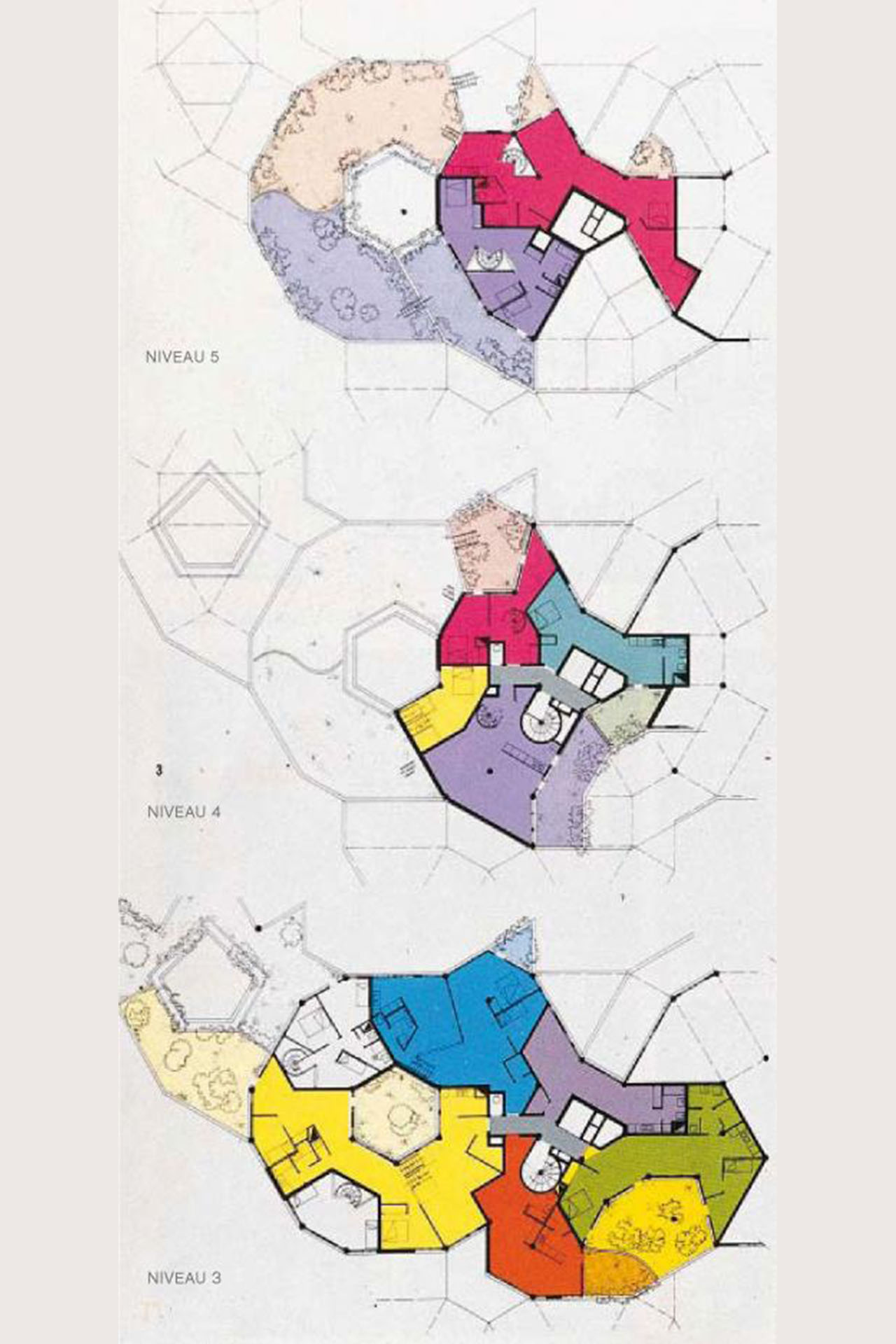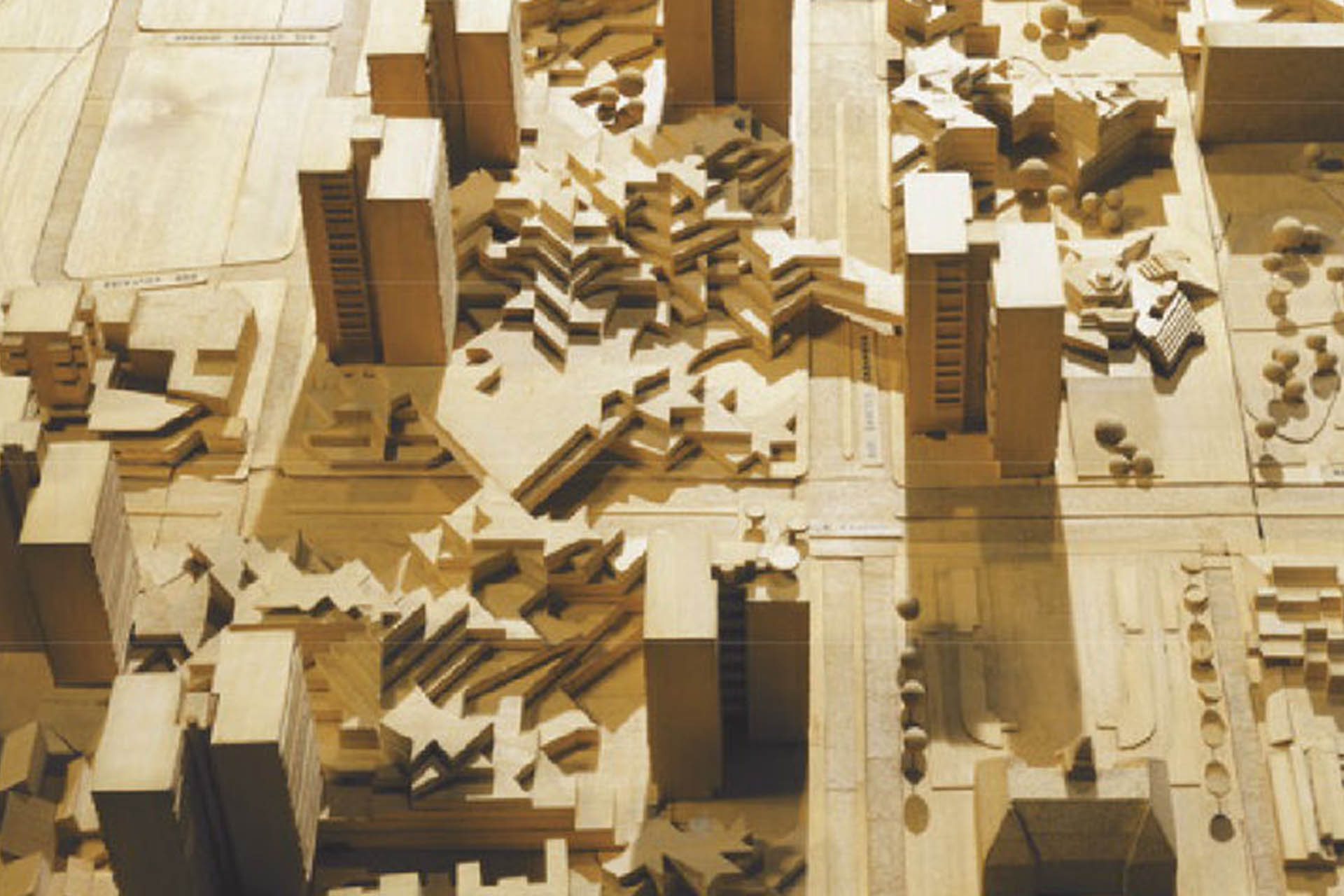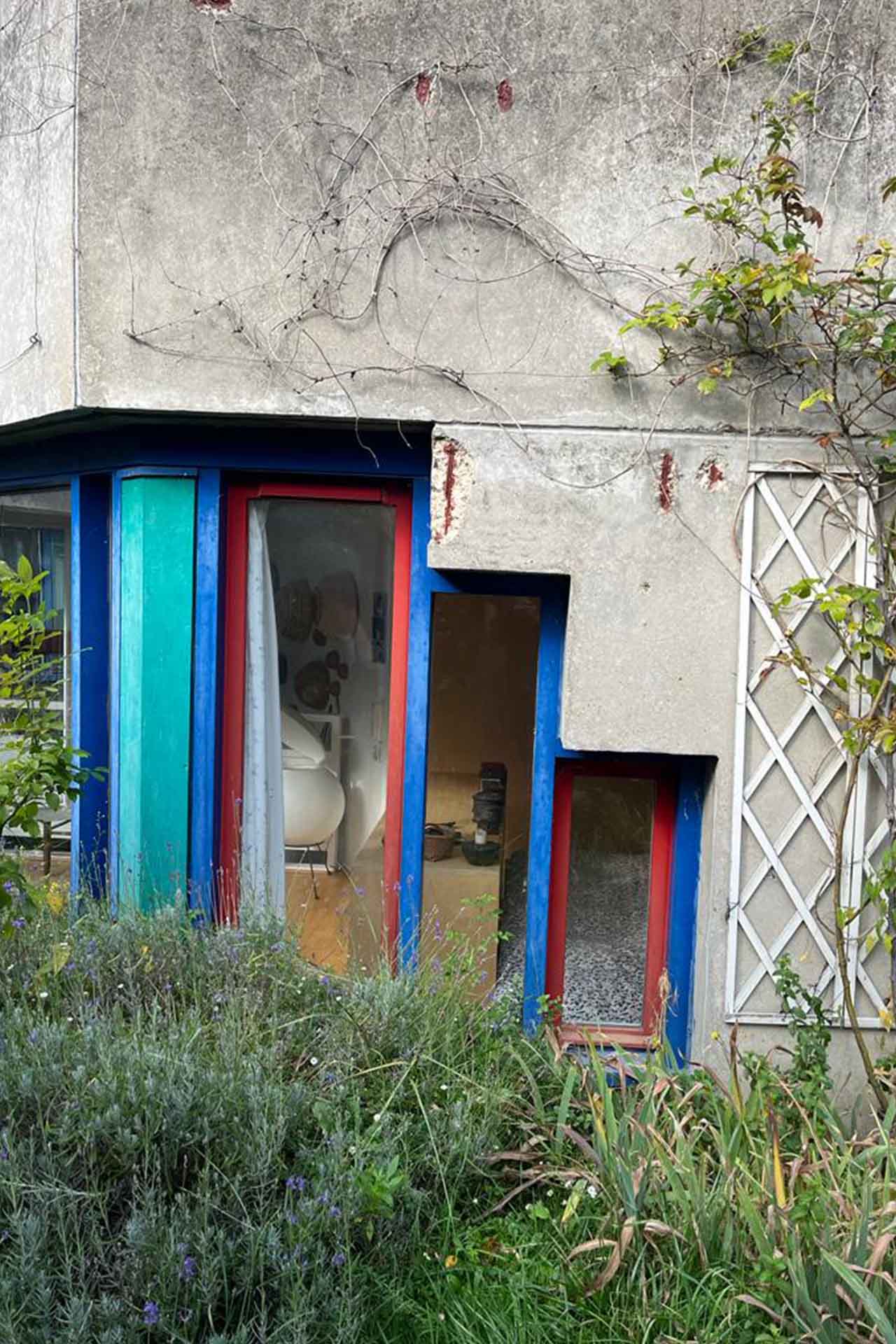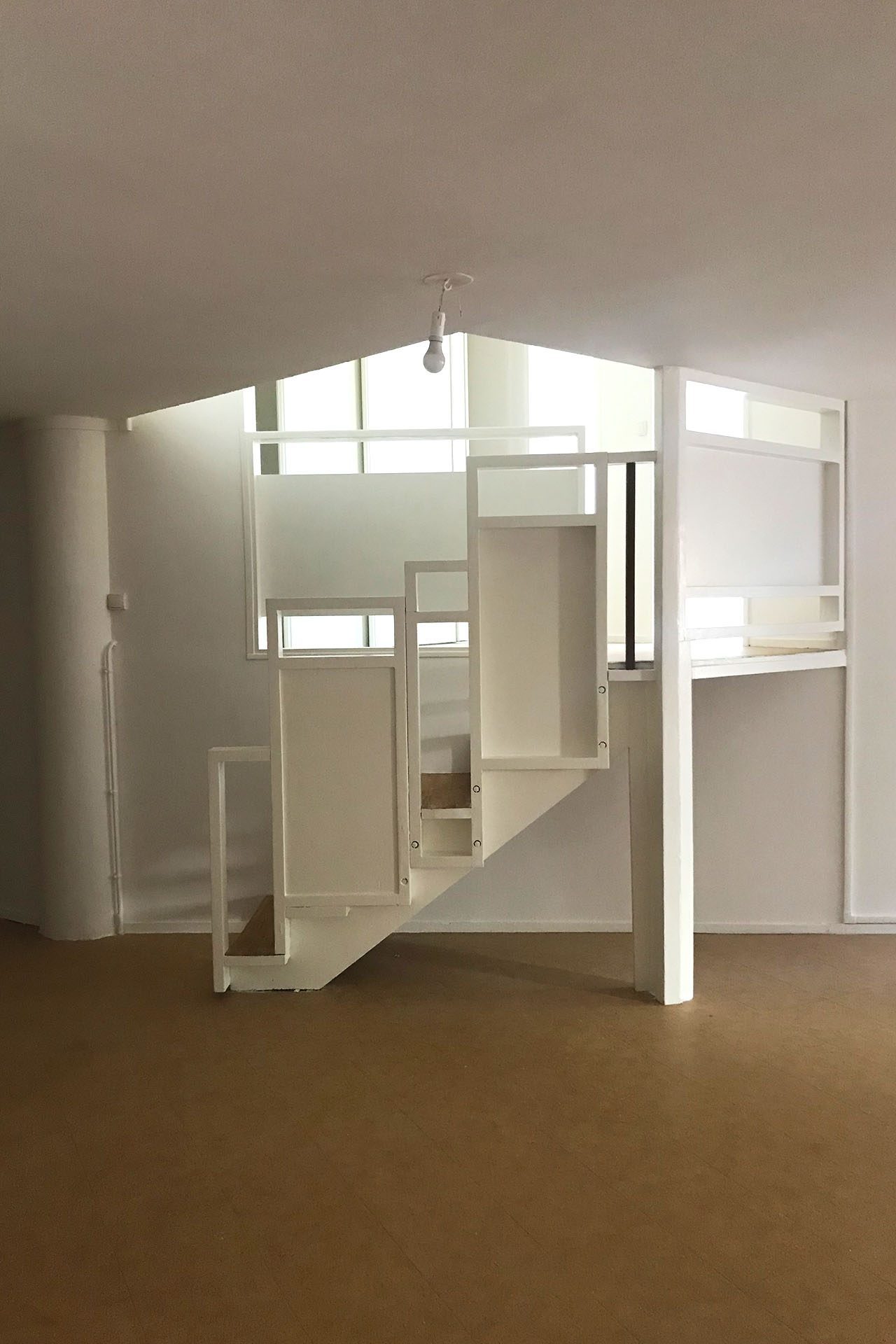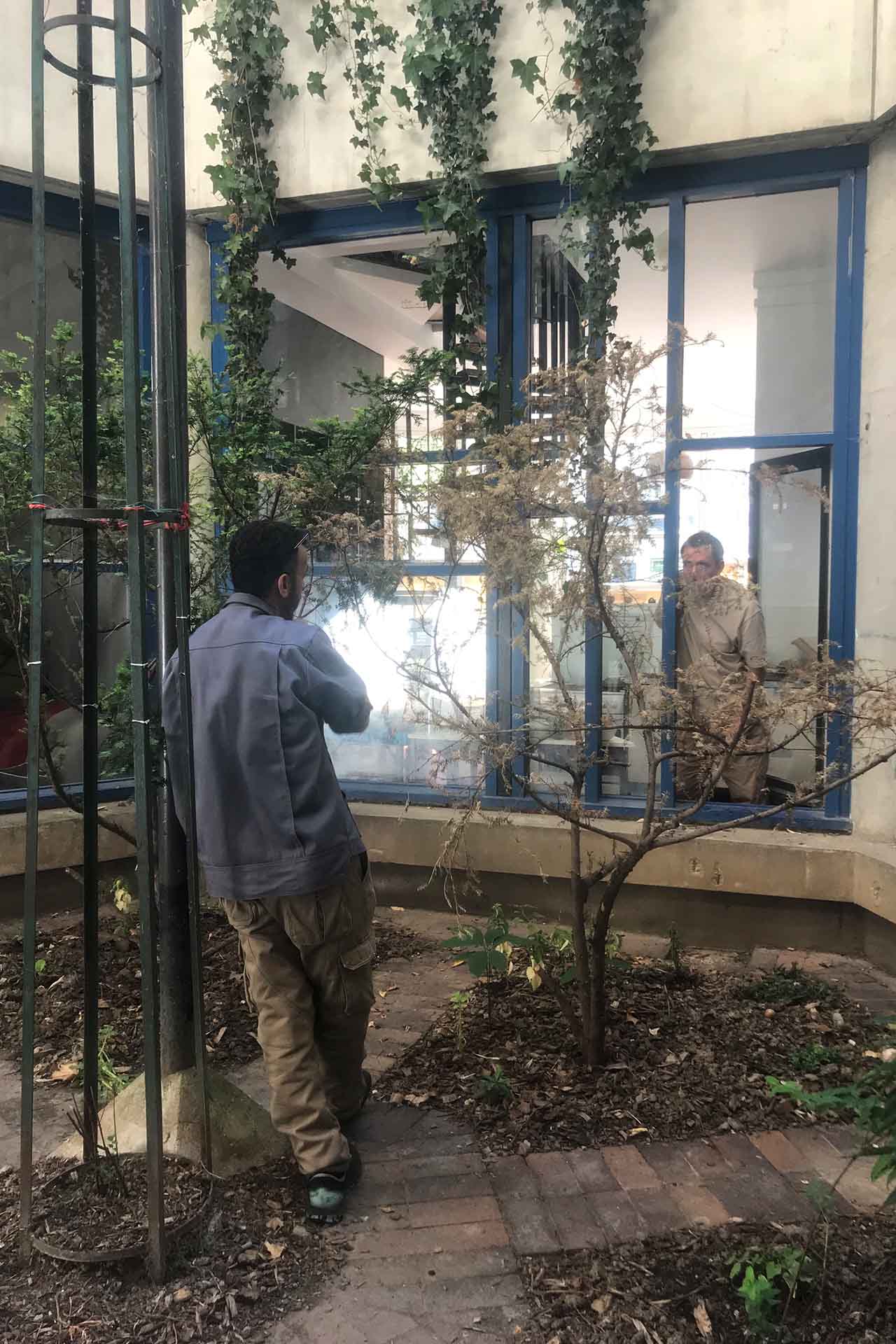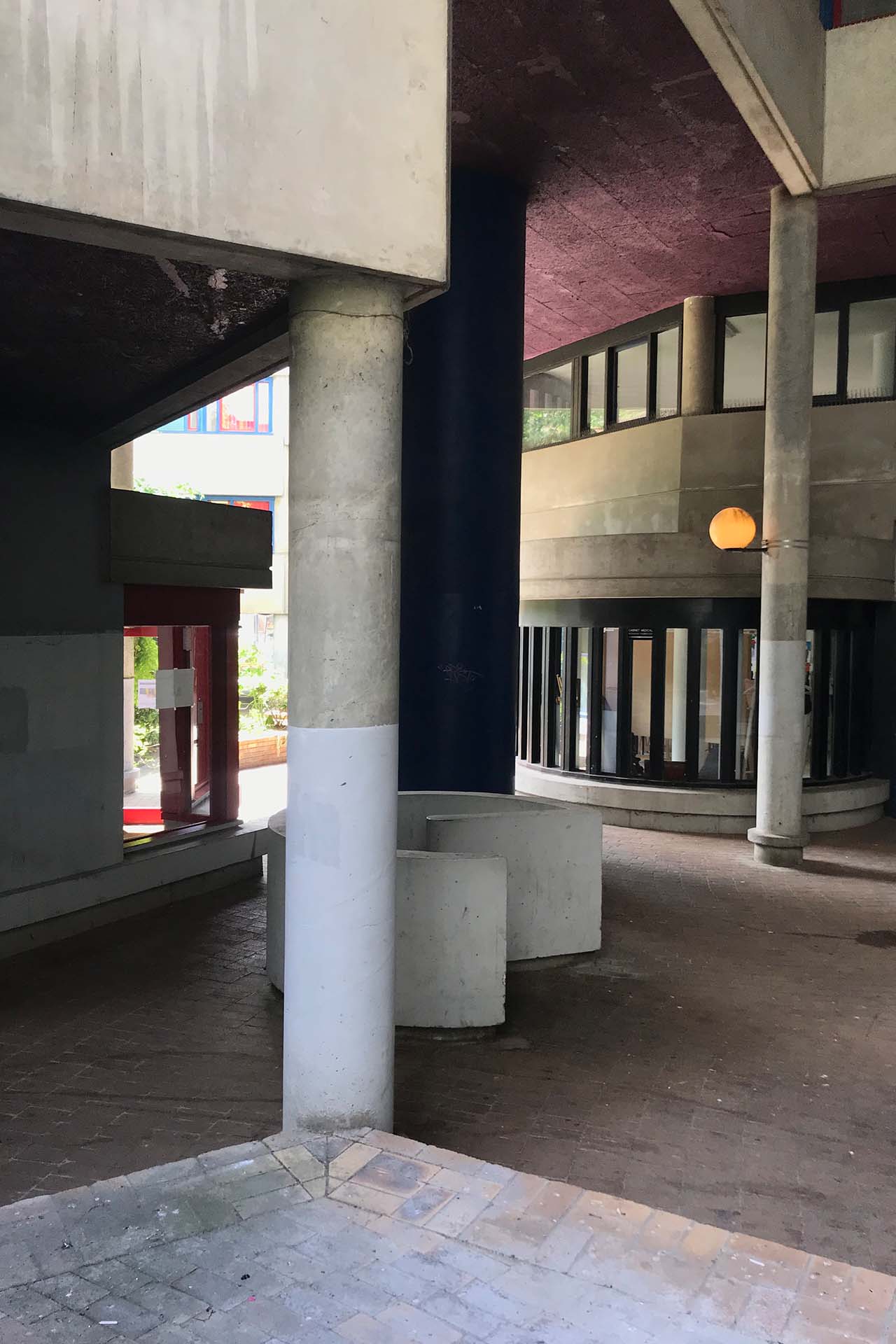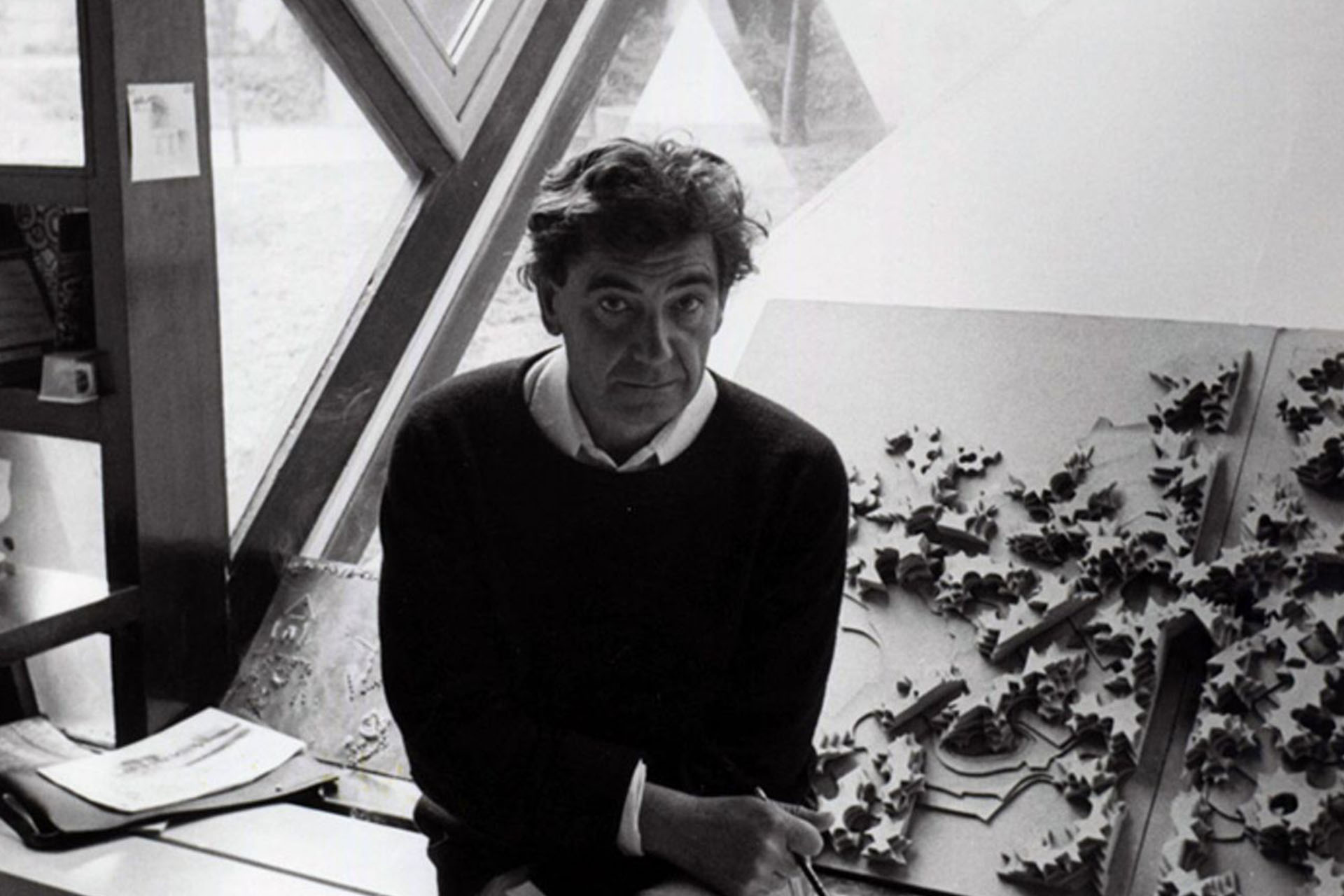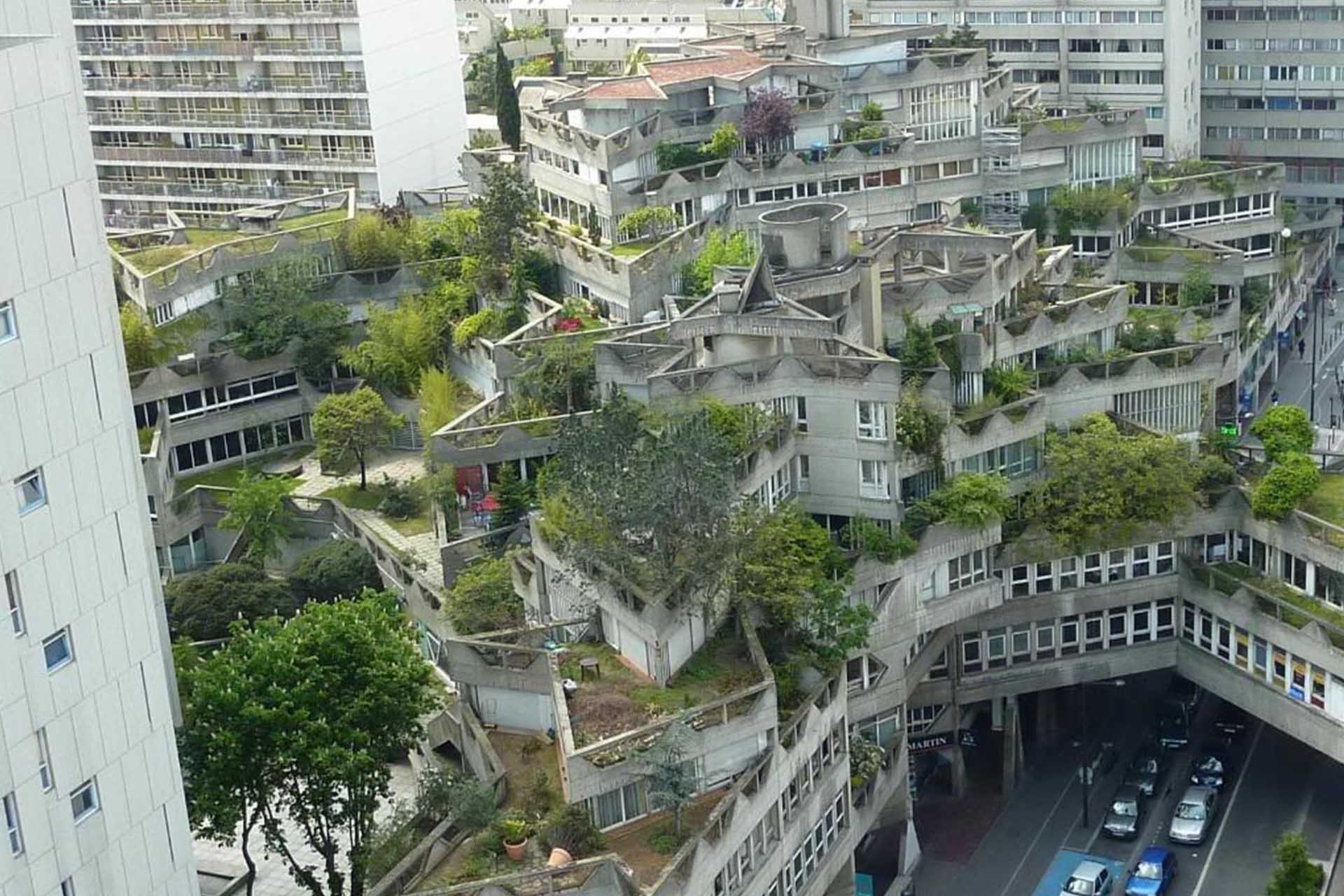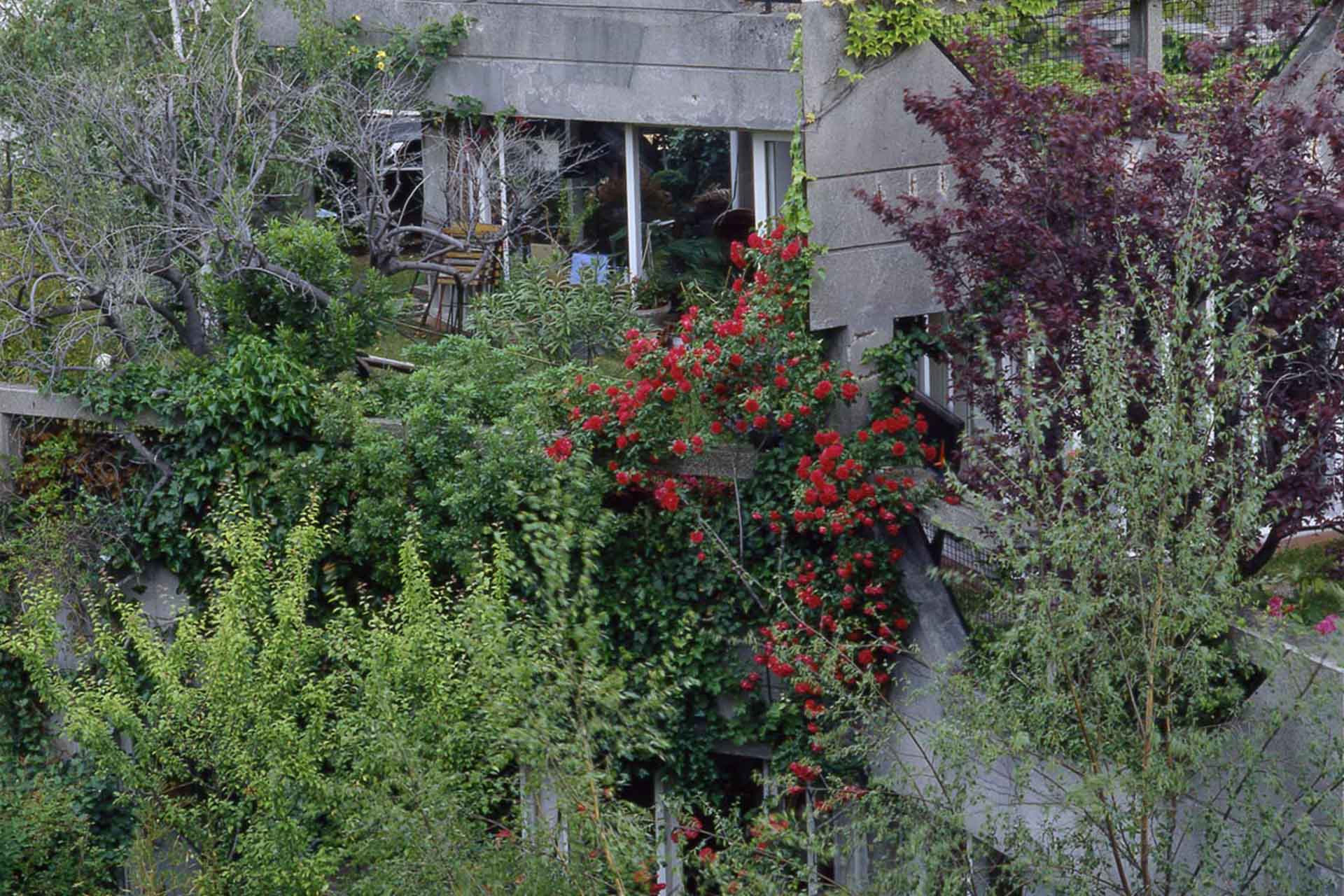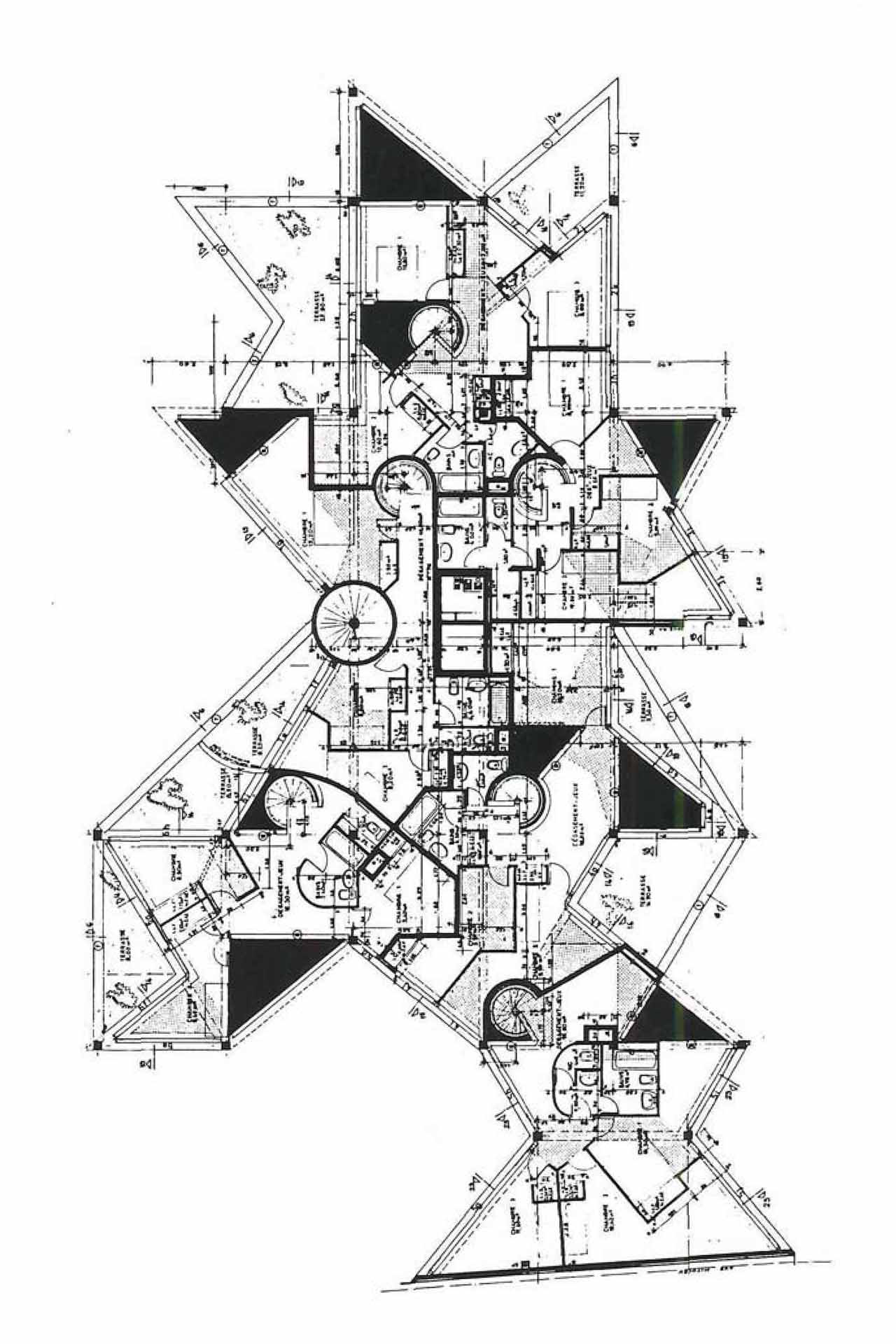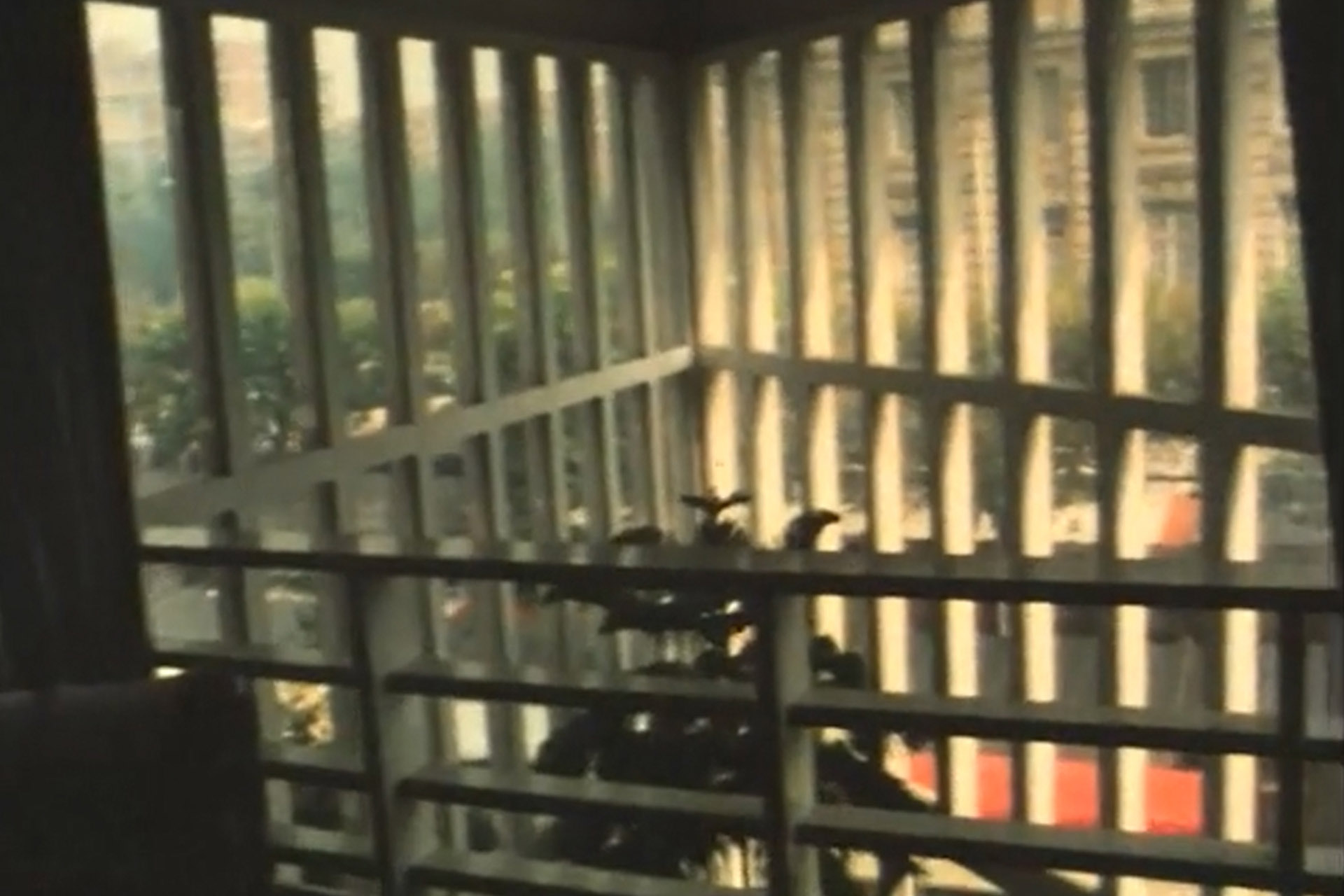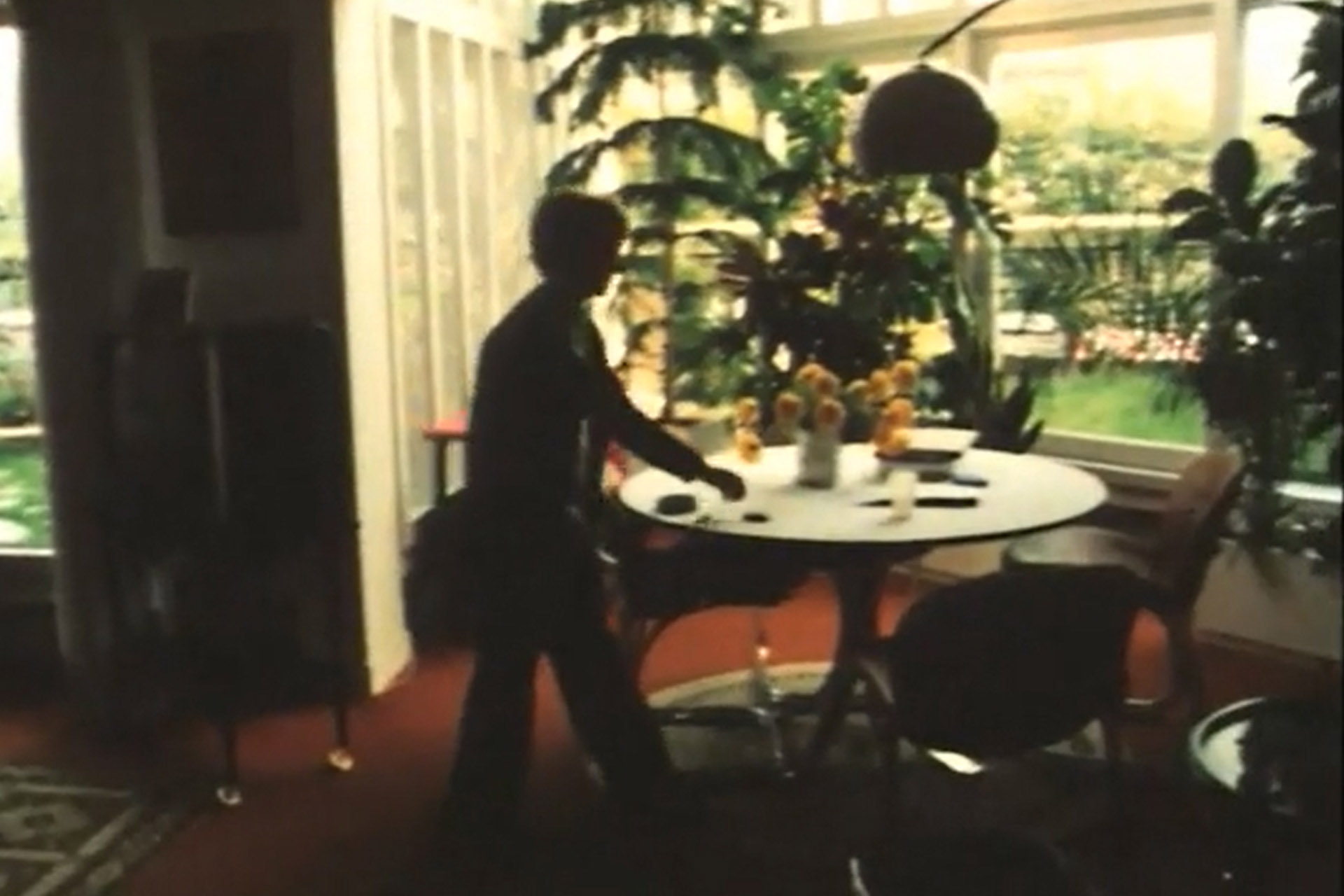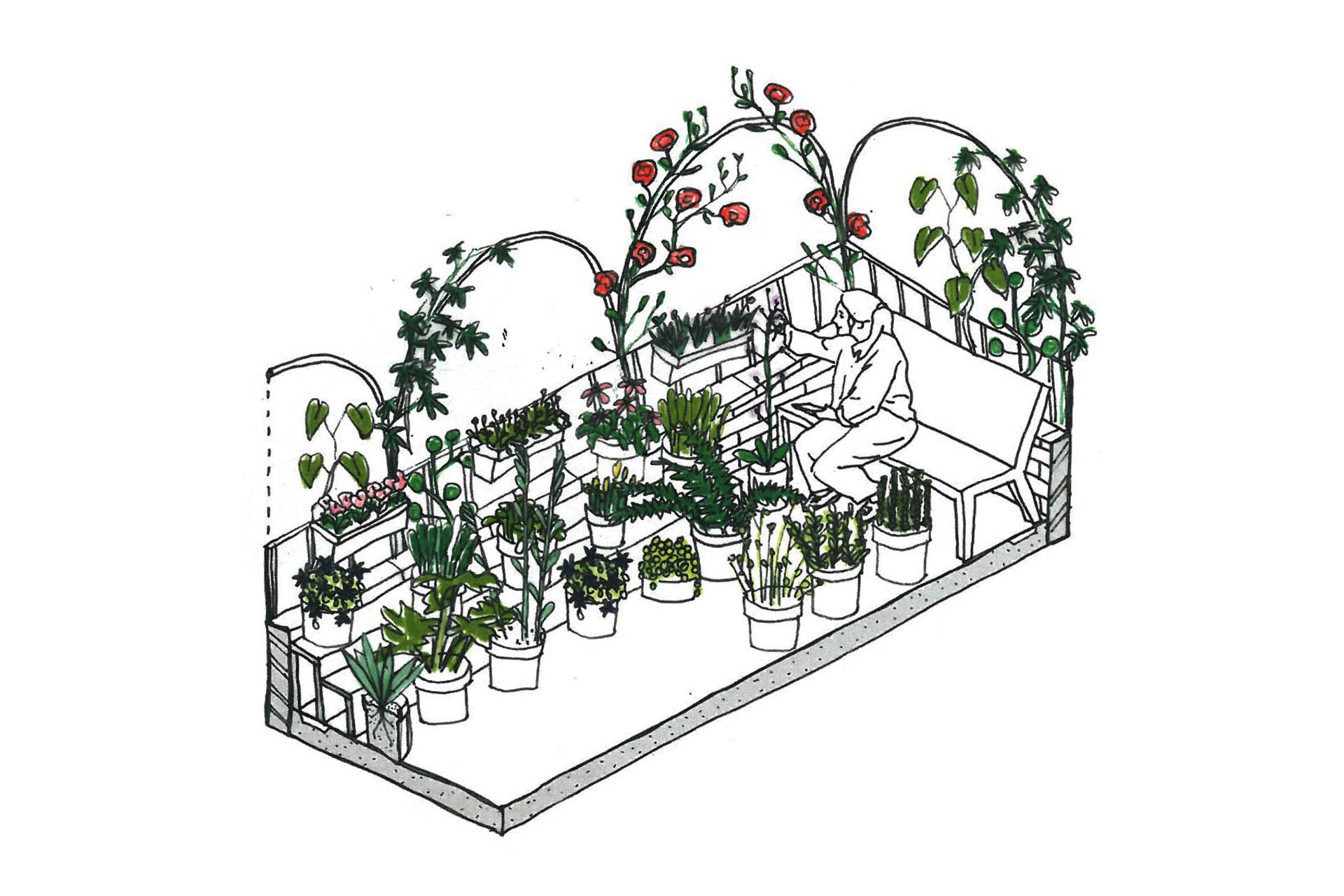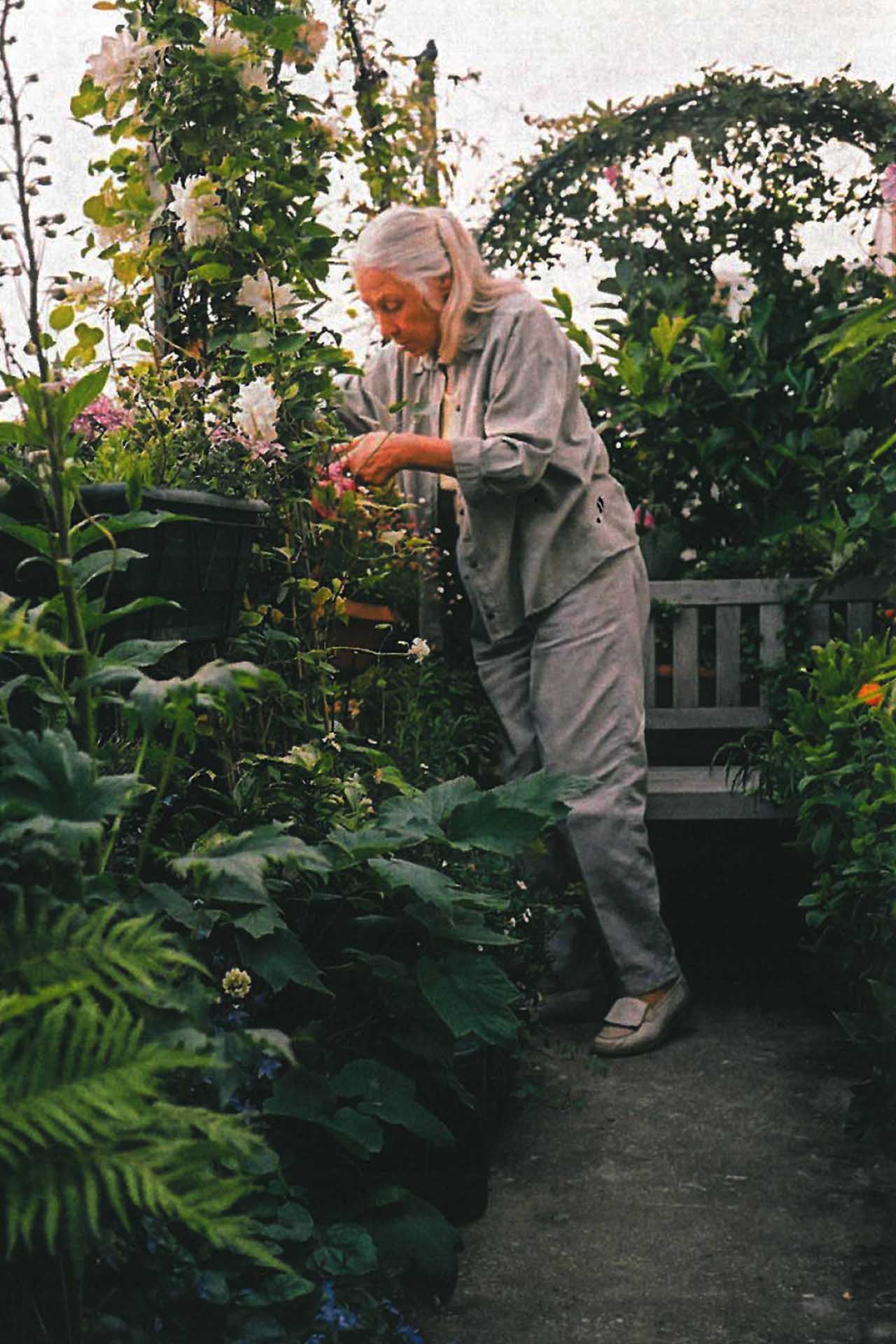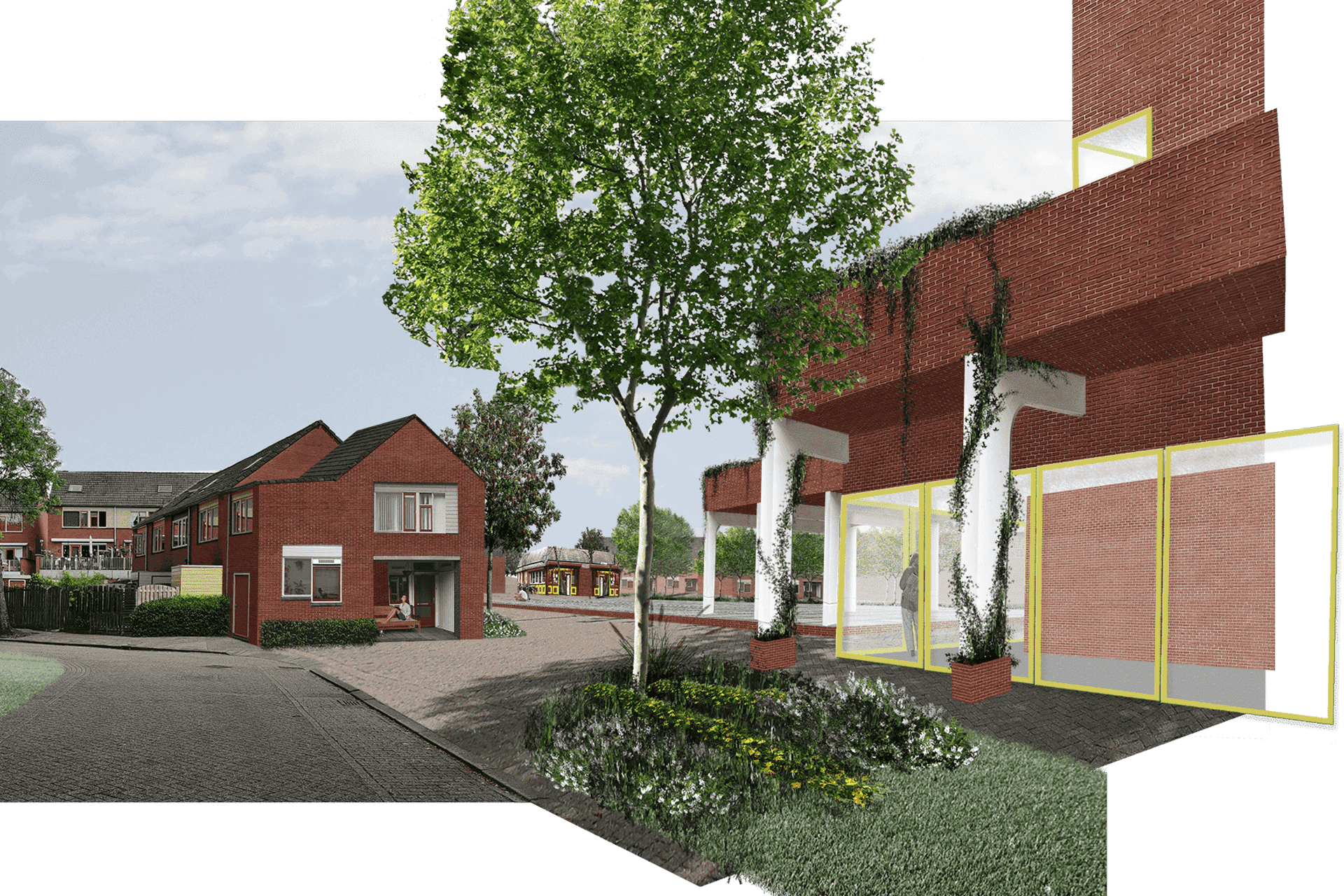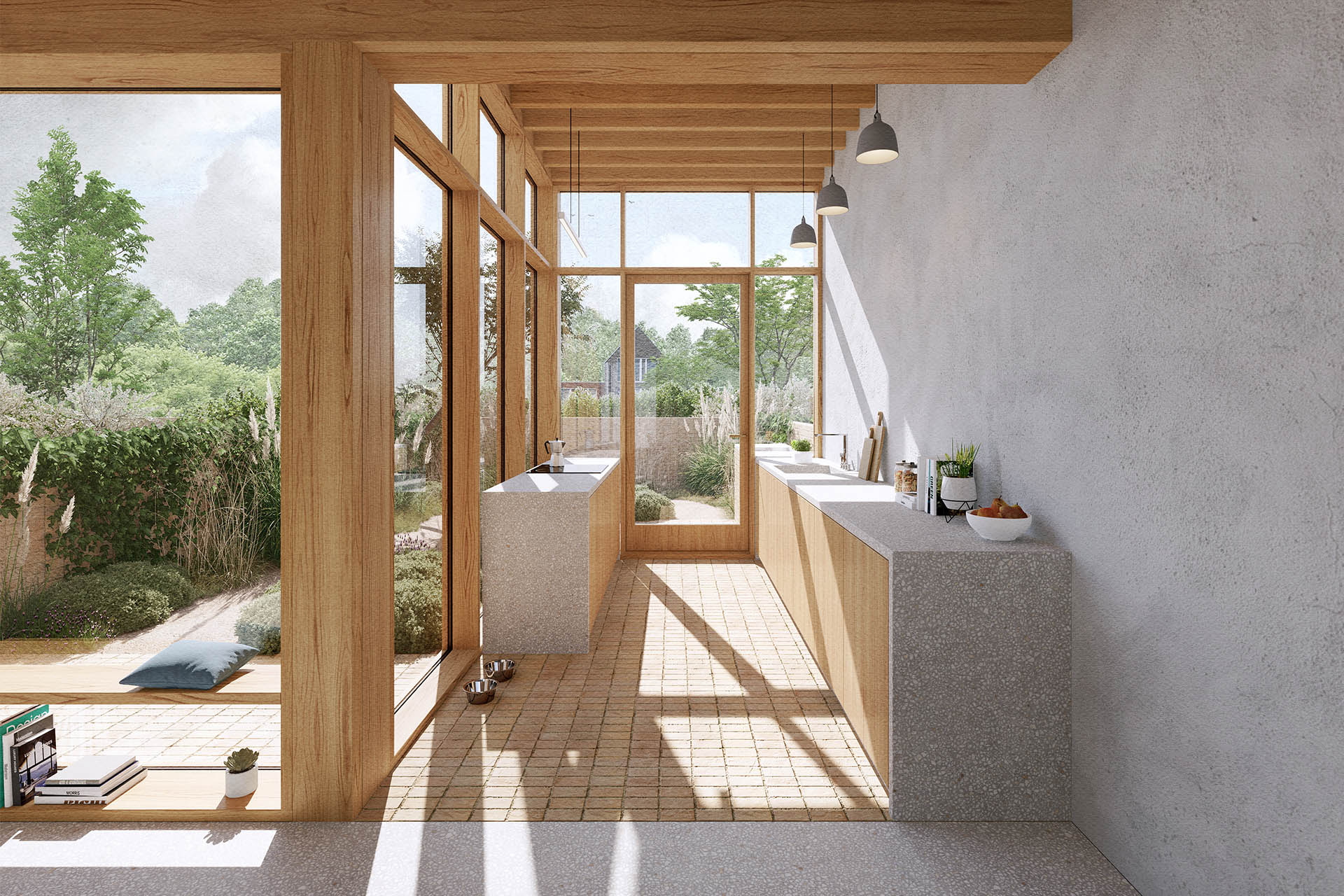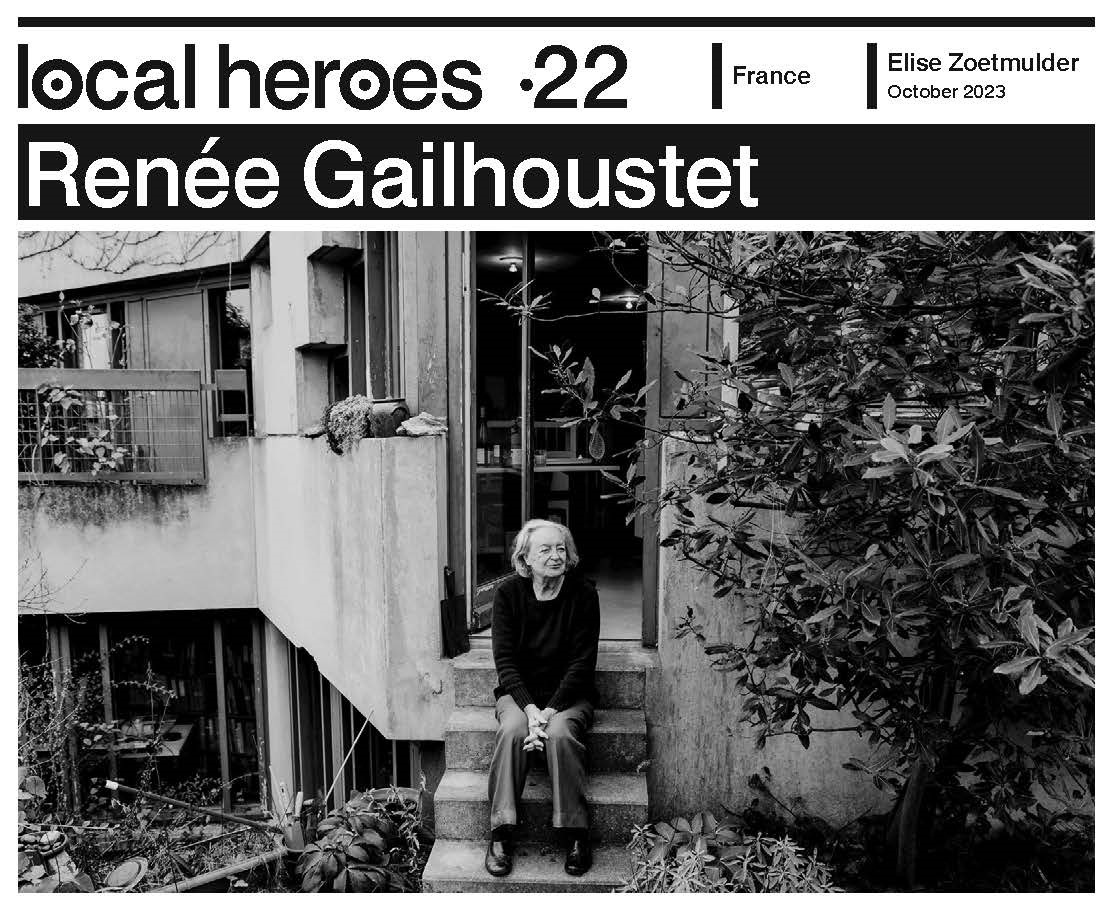Architecten Renée Gailhoustet en Jean Renaudie
Dutch living culture is inherently connected with gardening. Having access to a green outdoor and self-managed space, which you can shape yourself, is an important living wish. The lack of a garden at apartments is often cited, by both younger and older people, as a reason not to move. Gardening is often associated with neighbourhoods with a low building density, while in the lack of space in Netherlands, there is an explicit search for ways to create neighbourhoods with a higher density. Building at height does not seem to be able to accommodate the residential needs of gardening.
We, ZOETMULDER, think that this can be done differently. We work a lot in and on high-density areas and we wondered whether there are ways to also achieve gardening in highly urban areas. We find the social act of rooting in the garden important. Watching greenery die and grow, taking responsibility and caring for the garden. This shows the involvement of people with nature and that is especially important in an urban environment. That is why ZOETMULDER is doing research to the residential need for gardening and how this can take shape in high-density neighbourhoods.
For this end, we did research to the two French architects Renée Gailhoustet (1920-2023) and Jean Renaudie (1925-1981) and contributed to the publication FORUM – de Tuin. We discovered how, in various ways, gardening can become part of a high-density living experience, what social opportunities this offers and what challenges need to be overcome.
Elise Zoetmulder wrote about the work of the French architect Renée Gailhoustet. Her designs are mixed residential buildings that grow into the city like green mountains. The buildings have various housing typologies and common functions. Owner-occupied homes are located in the plinth and the social housing program is located above. Gardening is possible on every floor, both private and communal, on a large and small scale. Publicly accessible and unprogrammed spaces stimulate unexpected encounters and thus create social connection. These elements ensure a great diversity of residents who feel a strong social connection with each other and the environment in which the connecting element is gardening.
As an interior architect, Elise focuses in the publication on the way in which the homes are used from the inside and how they stimulate social connection and the connection between people and nature in an unconstrained way. For example, the green terraces are accessible via a small step. This means that the plants are positioned at eye level from the inside perspective, which strengthens the connection between residents and their garden. You can easily maintain the plants by opening your window. At the same time, the relatively higher positioned greenery of the garden offers privacy to the interior in a high-density urban district.
Curious about more opportunities like this? Read the research on Renée Gailhoustet published on the Local Heroes platform, an initiative of Office Winhov.
Anton Zoetmulder wrote about the French architect Jean Renaudie. He designed architecture that was deeply rooted in an idealistic communist worldview in which the garden played an important role. He designed complex-looking floor plans, which were based on a clear constructive principle. These structures provide interesting and various residential floorplans in an angular architectural language surrounded by green terraces. Renaudie’s goal was that the residents could discover for themselves how they could utilize the qualities of the house, through the unusual floorplans. Fitting with their own identity. The garden was the most important means in this. The terraces were delivered – empty – with a pack of soil and some stepping stones. As a blank canvas in which the new residents could express their own identity through gardening.
Curious about how residents interpret this? This can be read in the research on Jean Renaudie called ‘to give voice to that which was silent’. Parts of this research have been published on the Local Heroes platform. And further explored in the publication of the april edition FORUM ‘de Tuin’.
In addition to the article about Jean Renaudie, Elise Zoetmulder has written the article ‘Balcony: dreaming of sweet roses – gardening as a living culture’ for FORUM ‘de Tuin’. This article explores the possibilities of high-density gardening with limited resources. She writes about the balcony of Dominique. A compact balcony with such a layering and embracing green atmosphere that the plant experience suffices to a garden. In the article, Elise analyses which properties of the balcony make the green layering possible.
Curious how you can design a balcony that offers the opportunity for gardening? Read the article in the april edition FORUM ‘de Tuin’.
Details
Project
Research social and green livingTeam
Anton Zoetmulder en Elise ZoetmulderRead also

